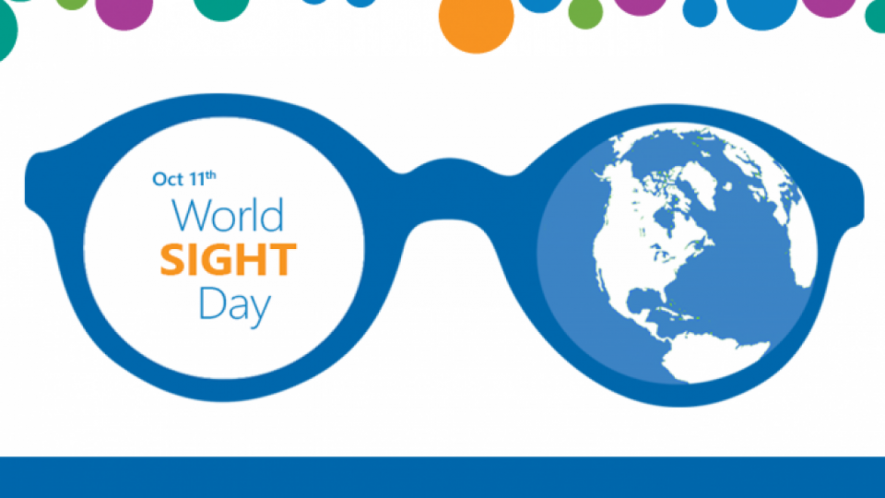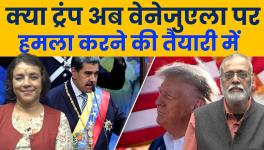On World Sight Day: Prevent, Cure, Include

No one is ever disabled due to their medical condition. In the paradigm of medicine and healthcare, an individual can, at most, have an impairment. Further, the impairment amalgamates with social conditions, such as a restrictive environment, inaccessible infrastructure and the attitudinal barriers of an individual, to make them disabled. In essence, that is the precise definition of disability as per the social model of disability.
The proponents of this model call for a need to locate disability in the physical structures that exist outside the body of an individual who has an impairment, rather than locating it within the body of that individual. The underlying notion here is that ultimately, a disability starts with an impairment. Surely, the final goal of any inclusive policy should be to root out all the physical and attitudinal barriers that turn an impairment into a disability. But an equally important goal should be to avoid the avoidable disabilities or in other words to cure the curable impairments.
In light of the above, some data deserves close examination. As per the recent data released by World Health Organisation (WHO), the number of visually impaired people across the world is 2.2 billion, shockingly high. Not just that. The number of visually impaired people who can be cured is as high as 1 billion.
The situation in India is no different. The data reveals that India has nearly 40 million people with visual impairment. Estimates show that 88.2% of them can be cured, as their visual impairment is a result of an uncorrected refractive error. Many are, however, not aware that their impairment is curable. Many do not have access to medical facilities because they belong to villages or Tier-4 cities with poor health infrastructure.
The number of people with 100% visual impairment has also skyrocketed, from 7.2 million in 1990 to 8.8 million in 2015 because of the extremely disappointing doctor-patient ratio. India desperately needs a minimum of 1.25 lakh optometrists to handle and control the crisis of avoidable visual impairment and blindness. But against this requirement, there are only 40,000. The poor health infrastructure, coupled with the dearth of optometrists makes the early detection of refractive errors practically impossible. This makes the prospect of cutting down preventable visual impairments extremely bleak.
India does not only face a shortage of health professionals but also of logistics to tackle the existing crisis. For instance, 30 lakh Indians have corneal blindness that can be cured with corneal transplants. But the number of corneas being collected through eye donations is a mere 40,000.
What is more, according to a study published in the Lancet Global Health journal, if this menace is not controlled then the number of people with 100% visual impairment in the world is likely to rise from 36 million to a disturbing 115 million by 2050. The study also claims that South Asian and Sub-Saharan African nations would be the worst affected if this crisis is left unattended.
In light of these upsetting figures and India’s commitment to reduce the prevalence of blindness to 0.3% of the total population as per vision 2020, there is an immediate need to re-work policies, raise awareness, strengthen health infrastructure and avoid avoidable blindness. That would truly be the right step in the direction of building an ‘Accessible India’. For this to happen, India’s policies ought to pro-actively focus on prevention and not just cure.
This World Sight Day, when thousands of people participate in walks across India, China, Sri Lanka, Canada and Philippines, wherein they walk blindfolded and pledge to donate their eyes, each of us should strive towards assisting the visually impaired community in the little ways we can, as policy-makers, health professionals or just responsible citizens.
For, the curable deserve to be cured and the incurable deserve to be included—that would be the hallmark of an inclusive society.
Anchal Bhatheja is a student at the National Law School of India University, Bangalore. She is 100% visually impaired and founded the NLS Diversable Alliance. Views are personal.
Get the latest reports & analysis with people's perspective on Protests, movements & deep analytical videos, discussions of the current affairs in your Telegram app. Subscribe to NewsClick's Telegram channel & get Real-Time updates on stories, as they get published on our website.














